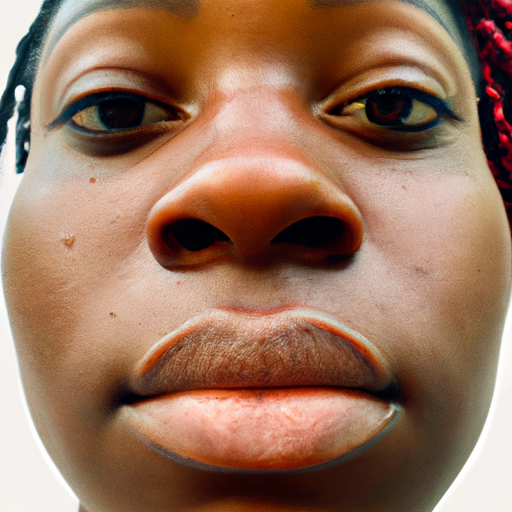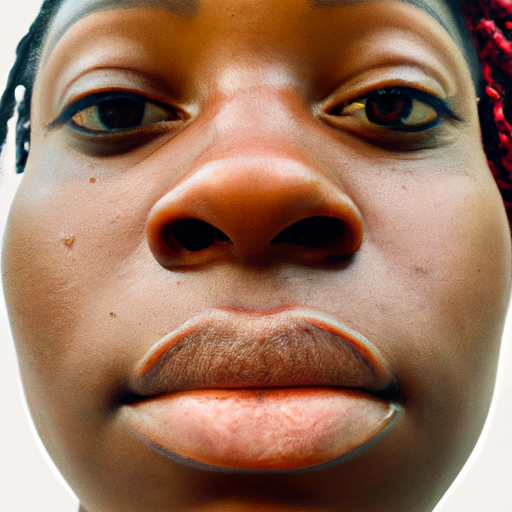Exfoliation, a fundamental part of skincare regimen, is the process of removing dead skin cells from the surface of your skin using a chemical, granular substance, or exfoliation tool. This article aims to provide a comprehensive guide to face and body exfoliants, their types, and their usage.
There are two main types of exfoliants: physical and chemical. Physical exfoliants use small grains or a brush to physically remove dead skin cells. Examples include scrubs with sugar or microbeads, brushes, and sponges. Chemical exfoliants, on the other hand, use chemicals to dissolve dead skin cells. These include products with ingredients like alpha hydroxy acids (AHAs), beta hydroxy acids (BHAs), and retinoids.
Physical exfoliants are excellent for individuals with normal to oily skin types. They can help unclog pores and reduce the appearance of blackheads. However, they should be used with caution as over-exfoliation can cause skin irritation and inflammation. When using a physical exfoliant, it’s essential to apply gentle pressure and avoid scrubbing too hard.
Chemical exfoliants are suitable for all skin types but are particularly beneficial for those with acne-prone or aging skin. AHAs, such as glycolic and lactic acid, are water-soluble and work on the surface level to brighten and smooth skin. BHAs, like salicylic acid, are oil-soluble and penetrate deeper into the pores to remove excess sebum and dead skin cells. Retinoids accelerate cell turnover and stimulate collagen production, reducing the appearance of fine lines and wrinkles.
When using chemical exfoliants, it’s crucial to start slow. Begin by applying the product once a week and gradually increase the frequency as your skin builds tolerance. Also, remember to apply sunscreen during the day as these ingredients can make your skin more sensitive to the sun.
Exfoliation is not just for the face. The skin on our body also accumulates dead skin cells, leading to dullness and dryness. Body exfoliants often contain physical exfoliating ingredients like sugar, salt, or crushed nut shells. They can be used in the shower, followed by a moisturizer to keep the skin hydrated and radiant.
However, it’s important to note that not all parts of the body should be exfoliated the same way. The skin on our face is much thinner and more sensitive than the skin on our body. Therefore, a product that works well on your body might be too harsh for your face.
In conclusion, exfoliation is a vital step in skincare that can help maintain a healthy, glowing complexion. Whether you choose physical or chemical exfoliants depends on your skin type, concerns, and personal preference. Always remember to listen to your skin and adjust your exfoliation routine accordingly. Over-exfoliation can lead to skin irritation and damage the skin barrier. Therefore, moderation is key. With the right products and techniques, you can unveil the radiance of your skin and keep it looking youthful and vibrant.




